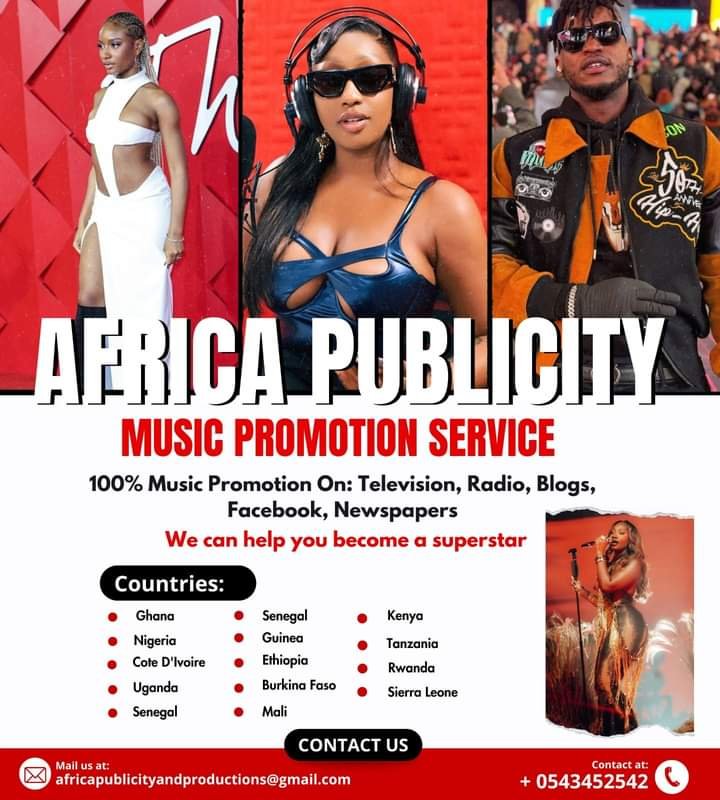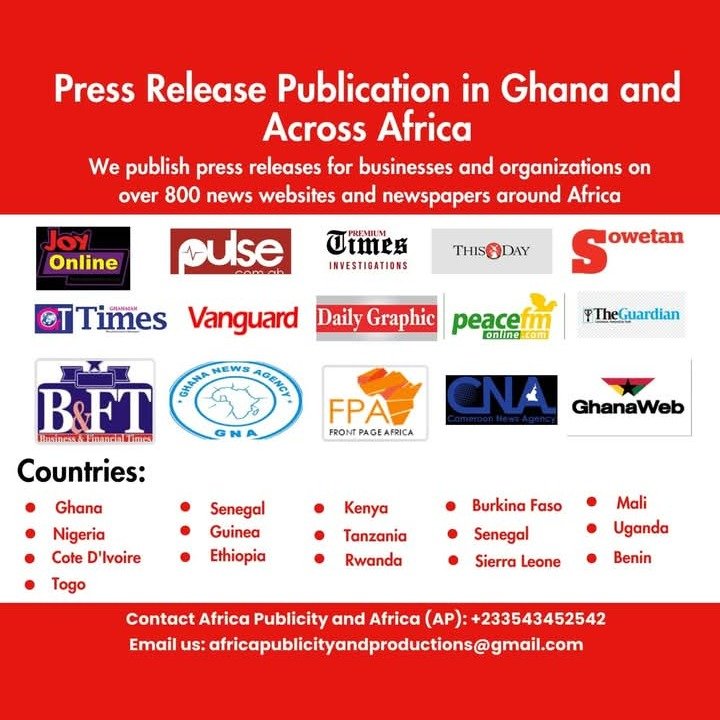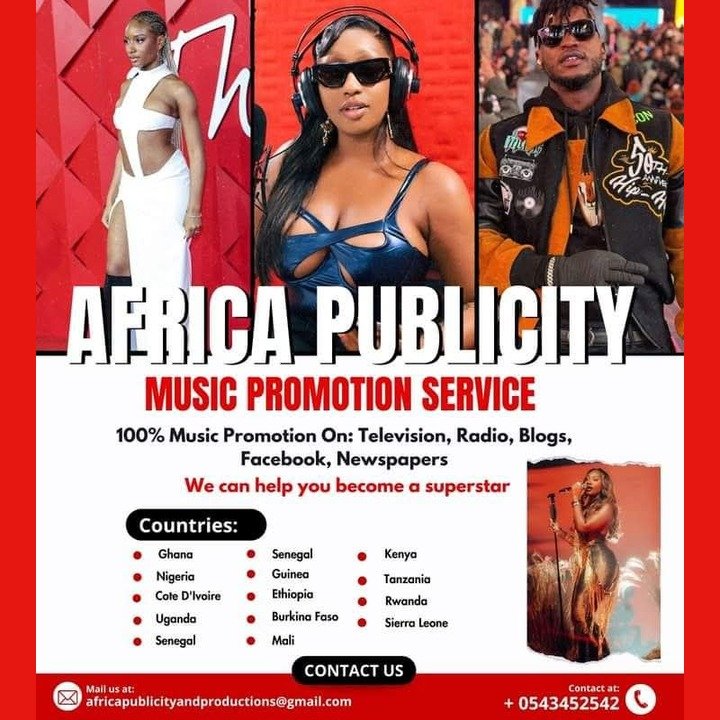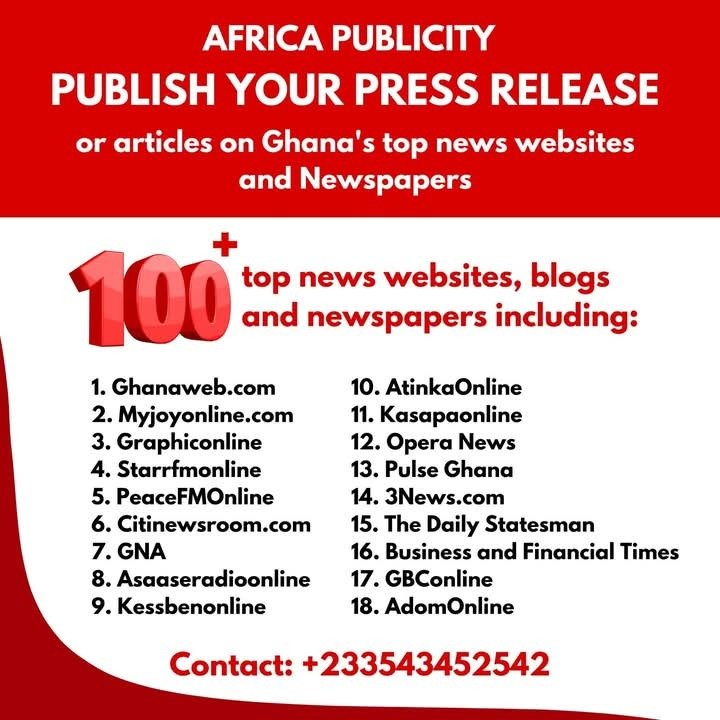Beyoncé
Source: Africa Publicity
Introduction
In today’s music industry, talent alone is no longer enough to guarantee success. The most successful artists are those who create a brand identity that audiences can recognize, connect with, and remain loyal to. Music releases are not just audio products; they are extensions of an artist’s brand. When music releases align seamlessly with branding, they reinforce an artist’s story, values, and image. When they don’t, the result is confusion, inconsistency, and missed opportunities. For emerging artists navigating the crowded digital space, understanding the alignment between branding and music releases is crucial to building a sustainable career.

What is Artist Branding?
Artist branding goes beyond logos, color schemes, or stage names. It is the identity and personality that defines how an artist is perceived by fans. Branding encompasses visuals, storytelling, fashion, values, and even the tone of online interactions. A strong brand answers the questions: Who is this artist? What do they represent? Why should audiences care?
Artists like Burna Boy, Billie Eilish, and Beyoncé have cultivated brands that extend beyond their music. Their releases always reinforce their identity — whether it is Burna Boy’s Afrocentric cultural pride, Eilish’s moody authenticity, or Beyoncé’s empowerment narrative.
Why Alignment Matters in Music Releases
When an artist’s branding aligns with their music releases, the impact multiplies. The songs feel like part of a larger story, and fans know what to expect emotionally and visually. This consistency builds trust, making fans more likely to invest time, money, and loyalty.
Conversely, misalignment creates dissonance. If an artist cultivates a brand of vulnerability but releases a braggadocious trap single without context, fans may feel confused. This weakens the bond between artist and audience.
Branding as a Strategic Foundation for Releases
Every release is an opportunity to reinforce branding. From cover art to teaser campaigns, visuals should reflect the artist’s identity. The narrative behind the release should align with the values or personality the brand communicates.
For example, when Wizkid released Made in Lagos, everything from the title to the Afrocentric visuals aligned with his identity as a global ambassador of Afrobeats. The result was not just a successful album but a reinforcement of his cultural leadership brand.
Storytelling as a Bridge
Storytelling connects branding to releases. A release aligned with brand storytelling ensures fans feel like they are part of an ongoing journey.
Billie Eilish, for example, has built her brand around authenticity and vulnerability. Her releases consistently include raw lyrics, intimate visuals, and subdued aesthetics, ensuring alignment with her brand story. Similarly, Burna Boy’s African Giant reinforced his Afrocentric narrative, using visuals, fashion, and themes that aligned with his positioning as an African cultural leader.
Emerging artists can achieve similar alignment by embedding personal stories in their releases, ensuring authenticity resonates across every channel.
Visual Consistency Across Releases
Visual branding is often the first point of contact between artist and fan. Album covers, social media teasers, and music videos should reflect consistent colors, fonts, and styles. This creates recognition, even before the first note is played.
Consider Tyler, The Creator’s IGOR. The pink suits, bold graphics, and visual motifs across the album campaign reinforced his quirky, experimental brand. Every visual was aligned with the eccentric energy of the music itself, creating a cohesive artistic identity.
For emerging artists, even low-budget visuals can achieve impact if they maintain consistency. A DIY approach that reflects authenticity often resonates more than glossy but disconnected imagery.
The Role of Authenticity
Authenticity is the cornerstone of branding and release alignment. Fans are highly perceptive; they can tell when a release feels forced or inconsistent with an artist’s identity. Authentic alignment builds loyalty, while inauthenticity risks backlash.
Take Adele as an example. Her brand is built on vulnerability, emotion, and timeless storytelling. Every release — from 21 to 30 — has aligned with this identity, reinforcing her authenticity and making her one of the most trusted artists globally.
Emerging artists must resist the temptation to chase trends that do not fit their brand. Short-term attention may be gained, but long-term loyalty is often lost.
Challenges in Achieving Alignment
Aligning branding with music releases can be challenging, especially for emerging artists with limited resources. Without access to high-end marketing teams, visual designers, or PR firms, it may feel daunting to create cohesive campaigns. However, clarity of identity is more important than budget.
Another challenge is balancing growth with consistency. Artists naturally evolve, and branding must adapt. The key is ensuring transitions are intentional and communicated, rather than abrupt and confusing.
Counterpoint: Can Branding Restrict Creativity?
Some argue that branding creates boxes, limiting artistic freedom. This concern is valid, as rigid branding may pressure artists to release only certain types of music. However, when branding is authentic, it allows room for growth. Branding should not be a cage but a guiding compass. For example, Beyoncé has explored pop, R&B, Afrobeat, and even country while maintaining alignment with her brand of empowerment and reinvention.
Case Studies
Burna Boy – African Giant
Aligned his brand with African pride and activism. The Afrocentric visuals, bold messaging, and Afro-fusion sound reinforced his brand identity, making the release globally impactful.
Billie Eilish – When We All Fall Asleep, Where Do We Go?
Her haunting visuals and raw lyrics perfectly aligned with her brand of vulnerability, solidifying her identity in the industry.
Tyler, The Creator – IGOR
Through consistent visuals and eccentric storytelling, Tyler created an immersive world that aligned with his quirky and experimental brand.
Conclusion
In the modern music industry, branding and music releases are inseparable. Alignment ensures that every release strengthens the artist’s identity, builds trust with fans, and creates lasting impact. From storytelling to visuals and authenticity, alignment transforms ordinary releases into cultural statements.
For emerging artists, alignment does not require massive budgets — it requires clarity, consistency, and authenticity. By treating each release as an extension of their brand, artists can craft careers that are not only successful but also sustainable. In a world where music is abundant, it is the aligned brand that ensures an artist stands out and stays relevant.
References
IFPI (2023). Global Music Report.
Billboard (2022). “Branding and Music: Why Alignment Matters.”
Quartz Africa (2023). “African Artists and the Power of Branding.”
BBC Culture (2021). “From Sound to Story: Branding in Modern Music.”
Rolling Stone (2020). “The Link Between Branding and Artist Longevity.”








